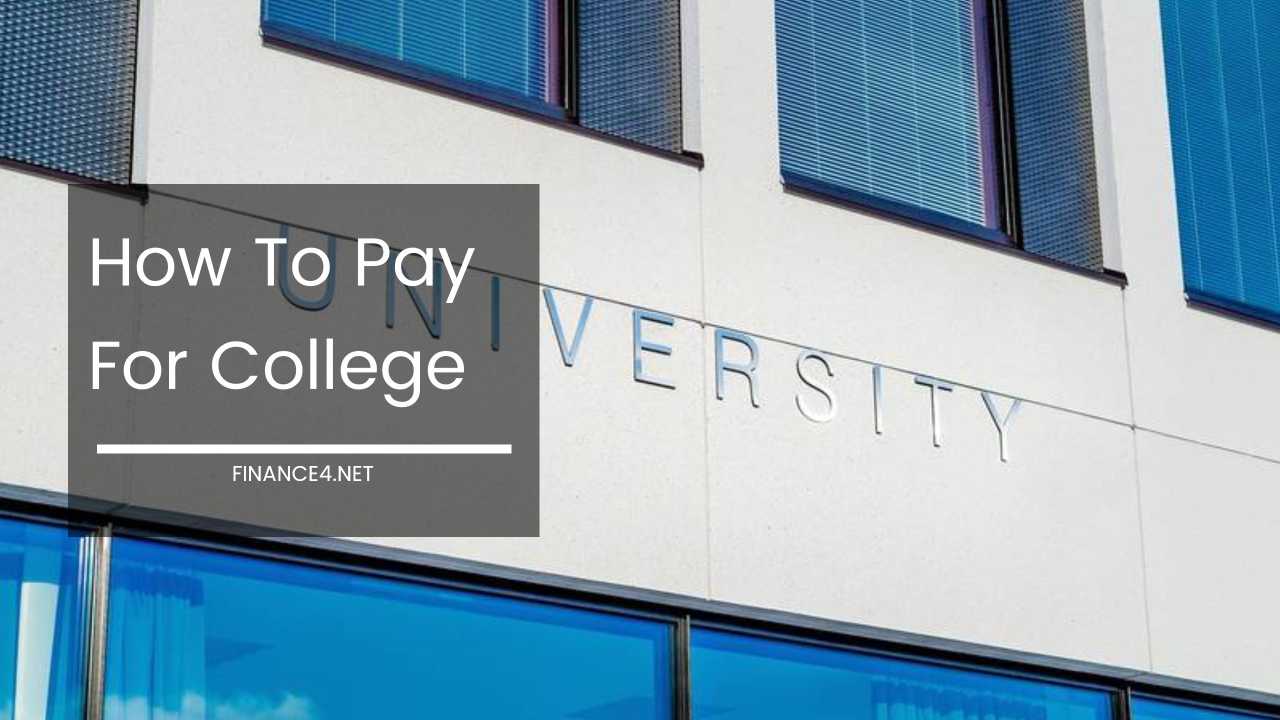Scholarships, Grants & Loans: Your Complete Guide to Paying for College

Financing Your Higher Education: A Strategic Guide
Attaining a higher education can be a transformative experience, equipping you with the knowledge and skills necessary for a fulfilling career. However, navigating the financial intricacies of college admissions can be a complex process.
This guide delves into various strategies to finance your educational aspirations, empowering you to make informed decisions and turn your academic dreams into reality.
Maximizing Grant and Scholarship Opportunities
Scholarships and grants are the crown jewels of college funding. Awarded based on merit, financial need, or a combination of both, they represent a significant reduction in your overall financial burden.
These awards essentially function as gifts that do not require repayment. Let’s explore these categories in more detail:
- Scholarship Recognition for Academic Excellence and Distinction
These prestigious awards acknowledge exceptional academic achievement, outstanding talents, noteworthy extracurricular involvement, or belonging to a specific demographic group. Here are key avenues to explore in your scholarship search:
- Federal Recognition: The Department of Education administers a diverse array of scholarship programs. Investigate their offerings to discover programs that align with your qualifications, ranging from the merit-based National Merit Scholarship Program to the need-based Pell Grant.
- State-Level Support: Many states offer scholarship programs specifically for residents attending in-state colleges and universities. Consult your state’s education department website for details and application procedures.
- Institutional Scholarships: Colleges and universities frequently administer their own scholarship programs for incoming and continuing students. Visit your institution’s financial aid office website for a comprehensive listing of scholarship opportunities you may be eligible for.
- Private Funding Sources: Numerous private organizations, corporations, and foundations offer scholarships based on a wide range of criteria. Utilize scholarship search engines like Fastweb ([https://www.fastweb.com/](https://www.fastweb.com/)) and College Board Scholarship Search ([https://bigfuture.collegeboard.org/scholarship-search](https://bigfuture.collegeboard.org/scholarship-search)) to unearth scholarships that align with your unique profile.
- Grants: Need-Based Support for Qualified Students
Grants are typically awarded based on demonstrated financial need as determined by the Free Application for Federal Student Aid (FAFSA). Completing the FAFSA is crucial, as it serves as the gateway to eligibility for both federal grants and need-based scholarships from colleges and states.
Don’t underestimate the power of the FAFSA – it can be your key to unlocking substantial financial aid. Explore the Department of Education’s website (https://studentaid.gov/) for FAFSA details and deadlines to ensure you don’t miss out on this valuable resource.
Utilizing Federal Student Loans Strategically
Federal student loans can be a strategic tool to bridge the financial gap remaining after exhausting scholarships and grants. They offer several advantages over private loans, making them a more borrower-friendly choice:
- Predictability with Fixed Interest Rates: Unlike private loans with variable interest rates, federal student loans come with fixed interest rates. This ensures consistent monthly payments throughout the repayment period, allowing you to effectively budget and avoid unexpected fluctuations in your loan costs.
- Adaptability with Income-Driven Repayment Plans: Federal loan programs offer income-driven repayment plans. These plans adjust your monthly payments based on your post-graduation income, providing much-needed flexibility during periods of lower earnings. This safety net can be invaluable during the early stages of your career.
- Potential Loan Forgiveness for Public Service: Certain professions, such as teaching or public service, may qualify for loan forgiveness programs. These programs erase your remaining federal student loan debt after a specific period of dedicated service. If your career goals align with these fields, you could potentially see a significant portion of your loan debt eliminated.
Understanding Different Federal Loan Types
- Perkins Loan: This need-based loan boasts the lowest fixed interest rate among federal loans. However, due to a capped annual budget, Perkins loans can be limited in availability.
- Stafford Loan: Offered in subsidized and unsubsidized options, Stafford loans cater to diverse needs. Subsidized Stafford loans are awarded based on financial need, with the government covering the interest while you’re enrolled at least half-time. Unsubsidized Stafford loans don’t require a need demonstration, but interest accrues from the disbursement date, so responsible budgeting is crucial.
- Direct PLUS Loan: These loans are for graduate and professional students, as well as parents of dependent undergraduate students. PLUS loans have higher interest rates than Stafford loans and require a credit check.
- Direct Loan Consolidation: This option allows you to combine multiple federal student loans into a single loan with one interest rate and monthly payment. This can simplify your repayment process and potentially lower your overall interest paid.
Borrowing Responsibly: Planning for Your Future
Before taking out federal loans, it’s paramount to borrow responsibly. Create a comprehensive budget that factors in your living expenses and potential post-graduation income.
This will help you determine a realistic loan amount you can comfortably repay without incurring excessive financial strain. Here are some additional strategies to minimize college costs and maximize your return on investment:
- In-State Advantage: Public colleges and universities within your state often offer significantly lower tuition fees compared to out-of-state or private institutions. Explore in-state options that align with your academic interests. While location may be a factor, the cost savings can be substantial.
- Community College Pathway: Consider starting your academic journey at a community college. Community colleges offer a cost-effective way to earn transferable credits towards a bachelor’s degree. This approach allows you to save money on foundational coursework before transitioning to a four-year institution.
- Scholarships for Specific Majors: Many scholarships target students pursuing specific academic disciplines. Research scholarships related to your intended major. Organizations, professional associations, and even corporations often sponsor scholarships in their respective fields.
- Work-Study Opportunities: Explore the Federal Work-Study program, which provides part-time employment opportunities on campus or with approved employers. This program allows you to earn income while gaining valuable work experience that can enhance your resume.
- Maximizing Academic Performance: Maintaining good academic standing can unlock additional scholarship opportunities and grant eligibility. Strive for academic excellence to maximize the financial aid you receive and minimize your reliance on loans.
- Military Service and Benefits: The military offers educational benefits for those who enlist. Research programs like the GI Bill, which provides financial assistance for college tuition after military service, could be a viable option for some students.
- Negotiating Financial Aid Awards: Don’t be afraid to negotiate your financial aid offer with the college’s financial aid office. Explain your financial situation and inquire about any additional scholarships or grants they may be able to offer.
Final Thoughts: A Strategic Approach to College Funding
Financing your college education requires careful planning and a strategic approach. By diligently exploring scholarships, grants, and federal loans, while minimizing your reliance on private loans, you can navigate the financial aspects of higher education with greater confidence.
Remember, a college degree is an investment in your future. By making informed financial decisions, you can pave the way for a fulfilling career and a brighter tomorrow.
Additional Tips:
- Utilize college financial aid calculators to estimate your financial aid eligibility and potential loan amounts.
- Explore employer-sponsored tuition reimbursement programs if you plan to work while attending college.
- Consider scholarships offered by local businesses or organizations in your community.
- Research potential scholarships for minority students or students from underrepresented groups.
- Be mindful of scholarship deadlines and application requirements. Apply early and thoroughly to increase your chances of receiving awards.
By following these strategies and remaining proactive in your scholarship and financial aid search, you can significantly reduce the financial burden of college and make your educational aspirations a reality.



